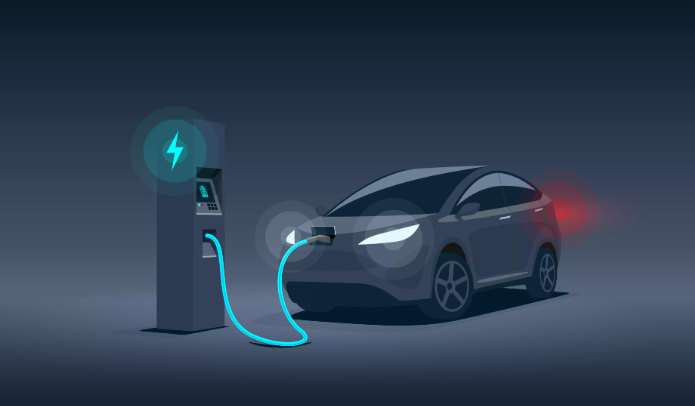Electric cars, often touted for their environmental benefits and energy efficiency, have gained significant popularity in recent years as a cleaner alternative to traditional internal combustion engine vehicles. However, a common concern that often arises is the weight of electric cars. Many people wonder why electric cars tend to be heavier than their gasoline or diesel-powered counterparts. In this article, we will delve into the multiple reasons behind the weight of electric cars.
Table of Contents

Battery Packs
One of the primary reasons electric cars are heavier is their reliance on massive battery packs. These lithium-ion batteries store the energy that powers the electric motor, and they typically make up a substantial portion of an electric car’s weight. To achieve a reasonable driving range, electric vehicles require high-capacity batteries, which naturally result in added weight.
Durability and Safety Concerns
Battery packs in electric vehicles are not only designed to store energy but also to ensure safety and longevity. To protect the battery from damage in the event of a collision or extreme conditions, they are encased in heavy-duty protective materials. These safety features, such as reinforced casing and cooling systems, add to the overall weight of the vehicle
Regenerative Braking Systems
Electric cars often employ regenerative braking systems that recover and store energy when the vehicle slows down or stops. This system relies on additional components like regenerative braking systems, inverters, and controllers, which contribute to the vehicle’s weight. While these components increase efficiency, they also add mass to the vehicle.
Electric Motors and Power Electronics
Electric vehicles use electric motors and associated power electronics to convert stored energy from the battery into mechanical power for the wheels. These components are generally heavier than internal combustion engines and their corresponding transmissions, which electric vehicles lack. Therefore, the weight of the electric motor and power electronics can be a significant factor in the overall heaviness of electric cars.
Stiff Chassis and Structural Reinforcements
To accommodate the weight and unique distribution of components, electric cars often require a stiffer chassis and structural reinforcements. These additions enhance the overall safety and integrity of the vehicle but also add weight. The need for reinforced frames, for example, is more pronounced in electric cars to ensure crash safety due to the heavy battery packs.
Soundproofing and Comfort Features
Electric cars are designed to provide a quieter and more comfortable ride, which necessitates the use of soundproofing materials and advanced suspension systems. These features contribute to the overall weight of the vehicle, but they also enhance the driving experience.
Advanced Technology and Features
Electric cars often come equipped with advanced technology, including infotainment systems, connectivity options, and autonomous driving features. These technologies require additional wiring, sensors, and computing power, adding to the weight of the vehicle.
Heavier Wheels and Tires
Electric cars often use larger and heavier wheels and tires to increase traction and stability due to the instant torque delivered by electric motors. These larger wheels and tires can contribute to the overall weight of the vehicle
Safety Tests and Crashworthiness
Electric cars, like all vehicles, undergo rigorous safety tests to ensure they meet crashworthiness standards. These tests often require additional structural reinforcement and safety features, which can contribute to the weight of the vehicle.
Additional Cabin Space
Many electric cars aim to provide ample interior space and comfort. As a result, they may have larger cabins or additional seating options, which can add weight to the vehicle. Extra passenger space, such as in three-row electric SUVs, can make the vehicle heavier than smaller, more compact counterparts.
Conclusion
While electric cars are celebrated for their reduced carbon footprint and energy efficiency, their weight is a trade-off that comes with the transition to electric powertrains. The use of large battery packs, safety features, regenerative braking systems, electric motors, and advanced technologies contribute to their overall heft. However, it’s important to note that ongoing advancements in materials and manufacturing techniques are gradually reducing the weight of electric vehicles, making them more competitive with traditional internal combustion engine cars in terms of weight and performance. As the electric vehicle industry continues to evolve, we can expect to see lighter, more efficient electric cars on the road.